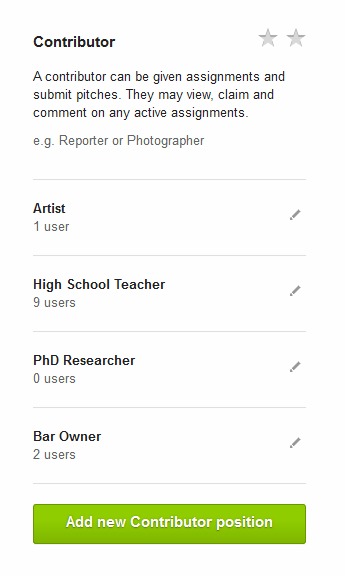If you’re trying to cut costs by reducing the amount of good content you can produce; you’re doing it wrong. You may want to re-train staff to focus on different beats or tasks, but downscaling your volume – and the number of people you can call on to keep generating content – suggests that you’re making way for more efficient competitors who are increasing or deepening their coverage in your wake. In short, backing out of engaging more people with your content (as producers or consumers) is a high-risk strategy.
It helps to start out with lean infrastructure that’s unfettered by legacy system pricing. It also pays to work with people who might not traditionally be part of your full-time staff: guest bloggers, community engagers, alumni, brand evangelists and publicity-seekers can all be invited to support the content you’re using to attract your audience their peers.
In a critical review of journalism and communication education’s responsiveness to ‘new things’, Eric Newton of the Knight Foundation recently called for a realistic appraisal of what the digital age is doing to re-define our time-honored perceptions of publisher-audience dynamics:
We know the challenge: The digital age is the most profound development since movable metal type brought the age of mass communication. It is changing everything – who a journalist is, what a story is, which media should be used for which news, and how we engage with communities, the people formerly known as the audience.
Whether you’re putting up a paywall, refining your ad servers or selling in-house expertise to other companies, generating revenue is a constant preoccupation for most publishers. If you’re in the business of generating original content though, might supporting your contributors be the first step in building profitable relationships with the people you’re expecting them to connect you with?
